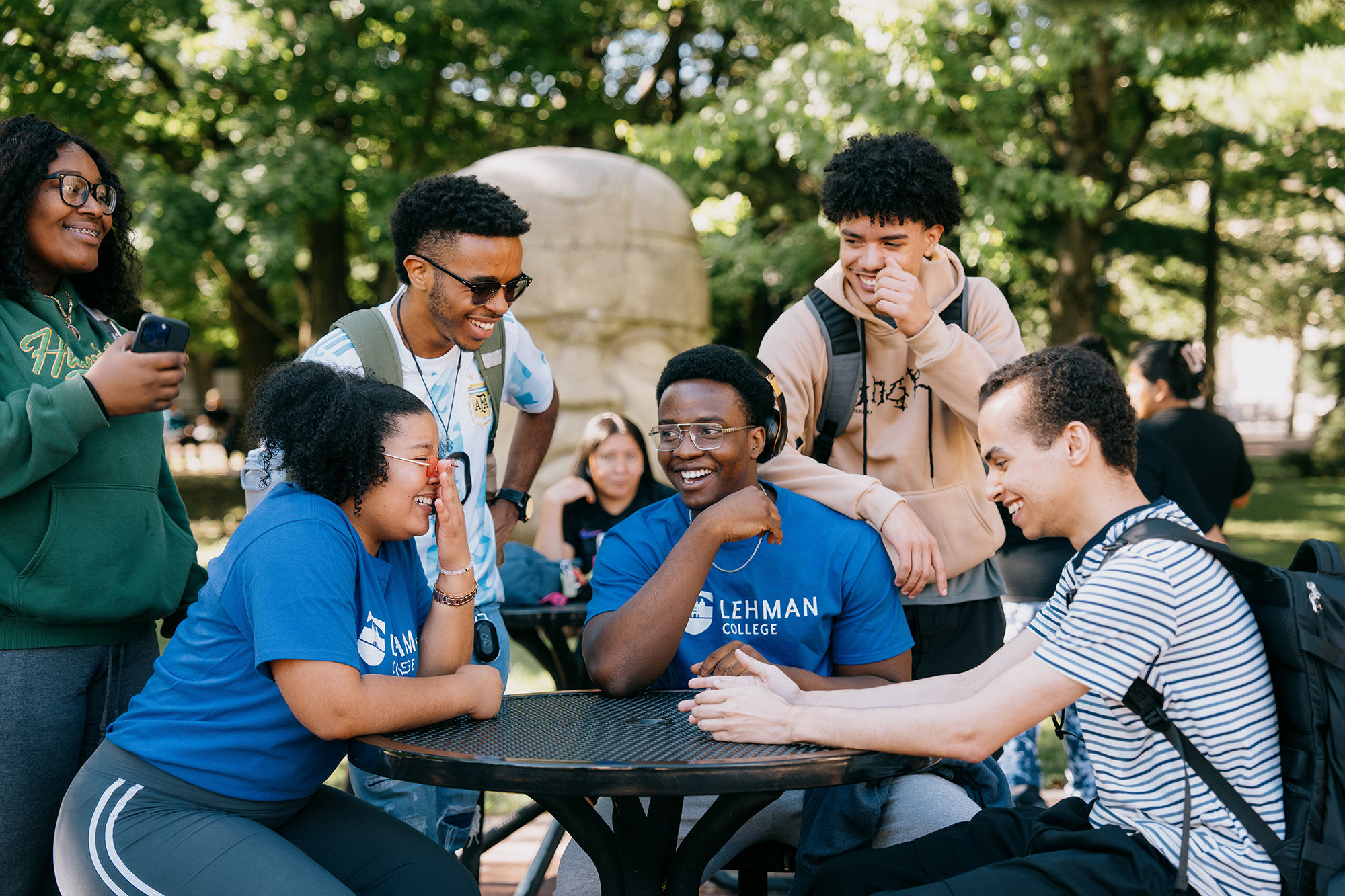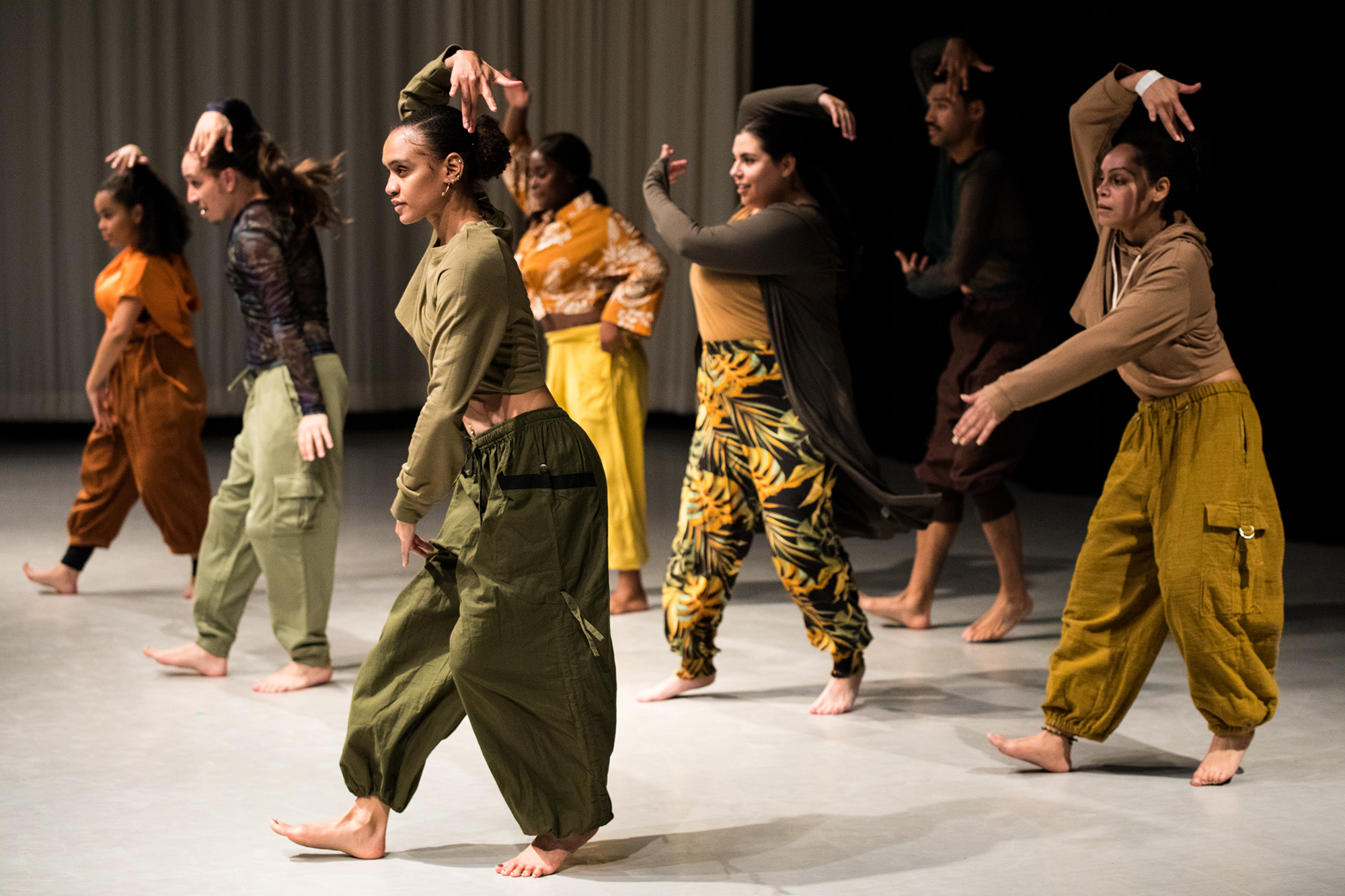Contacts
-
Center for Teaching and Learning
Email
718-960-2597
Leonard Lief Library, Room B05
RELATED LINKS
Teaching Larger Classes: Maintaining Quality and Your Sanity
How can you maintain the quality of instruction and a sufficient level of individual attention for students in larger classes? What pedagogical approaches can contribute to more active learning? How can you efficiently manage the logistics, grading, and facilitation of a larger class?
Whether you teach face-to-face, hybrid, or entirely online, this webinar will provide you with practical tips and techniques for the design and management of a larger class that can result in greater efficiencies and student engagement, all while preserving instructional quality.
The Why
Teaching Larger Classes - The “Why” by Susan Ko, (History)
Maringe & Sing (2014) define large as “any class where the number of students pose both perceived and real challenges in the delivery of quality and equal learning opportunities.” “Larger” basically means larger than what you are accustomed to teaching, therefore requiring an adjustment in design and planning - different sizes require different considerations and techniques, depending also on the resources available to the instructor (for example, whether there will be any TAs).
Design is key to effective teaching in a larger class assure quality and student engagement and to fulfill learning outcomes. Some aspects of the class affected by a change in scale are kinds of possible interaction (faculty-student and student-student); assessment and feedback options; communication strategies and protocols; opportunities for higher level thinking assignments; and the way class time is distributed in person and/or online.
Traditional large classes often have limitations, like more passive learning, lecture dominated classes, or the lack of student feedback. The flipped model for larger classes features more active learning, with all or most course materials available online. In a web-enhanced or hybrid class, online activities and content are integrated with and help support and enhance the in-person class meetings, while facilitating class management tasks. Every larger class can be enhanced by technology used in-person or through online resources.
Some best practices for larger classes (online or in-person) use group and peer-to-peer strategies for a greater percentage of activity. Other tools are automated feedback and rubrics to grade and guide assignments, online practice opportunities for lower level thinking tasks (e.g. involving memory, retention, factual knowledge, repetitive practice), or discussions and activities that extend or supplement the in-person class time. The establishment of protocols for communications, online discussions, and assignment submission further help clarify and organize class activity.
Intentional planning and design is a necessity for teaching and managing a larger class. Planning should include week-by-week details, to guide expectations before, during, and after each class meeting. It is important to lay out where, when and how each instructional element and communication will occur, and to indicate which activities are for the individual student and those which are intended for group or peer-to-peer. For those that have a TA to assist, one needs to consider and indicate which tasks and activities the TA will handle.
The How
Teaching Larger Classes - The “How” by Olena Zhadko, Center for Teaching and Learning
There are many technology tools that can help facilitate and support a larger class. In Blackboard, these include group areas, integrated rubrics, announcements, discussions, blogs, quizzes or other tools like VoiceThread. Tools for in-person interaction include clickers and online polling software. There is also publisher content or other online software used for practice, homework, labs, etc.
Small Groups in Blackboard can be equipped with their own areas for discussion and collaboration, including blogs and wikis. Test and Quizzes in Blackboard can be utilized for low-stakes testing and practice, with automatic feedback and scoring. Rubrics can simplify grading tasks for instructors while providing clear guidelines for students undertaking assignments. Announcements can help with communication and engagement, providing a means to alert, remind, and provide clarifications for students throughout the week. A central Q&A forum can be more efficient way than email to answer many student questions. VoiceThread, Discussions all offer the opportunity to create community and foster interaction.
In face-to-face class meetings, the use of clickers can add to active learning and engagement, with students using mobile devices or iClicker remotes for polling and quizzing activities. Online software can also be used for this purpose in the classroom. Other software or publisher materials may be used to augment the in-person class, providing labs, practice, homework, or other hands-on activity.
With all the many options and choices available to organize, enhance, and support your course, we recommend the use of a course planning document such as the one available from Lehman’s Office of Online Education to help simplify the design and planning process for your larger class!
The Faculty Experience
Teaching Larger Classes - The Faculty Experience by Donna McGregor (Chemistry)
Dr. Donna McGregor, Assistant Professor in the Chemistry department at Lehman College, shares her considerable experience teaching large classes of up to 800 students (since 2009) and the flipped classroom model (since 2014).
A well-structured course and active learning are the two principles behind her teaching. Her strategies include round tables, group problem solving, role playing and debates, case studies, and interactive videos.
Prof. McGregor’s own chemistry class at Lehman employs problem solving as its main strategy. Her students engage with one another, with peer leaders, and the instructor to solve problems during class, and using clickers to provide ongoing feedback.
Graduate student teaching assistants and undergraduate learning assistants both facilitate problem solving and also hold scheduled tutoring sessions for her class. She uses multiple online platforms to support the course, like online videos and course documents, and publisher software including Sapling or Top Hat.
Dr. McGregor own assessments show that flipped and active learning models provide better outcomes than the traditional model for General Chemistry, indicating fewer withdrawals, and higher passing rates.
You can also view the webinar presentation slides and read the overview of the webinar below - prepared by Susan Ko, Faculty Development Consultant, Office of Online Education.
-
Center for Teaching and Learning
Email
718-960-2597
Leonard Lief Library, Room B05 - See all contacts







